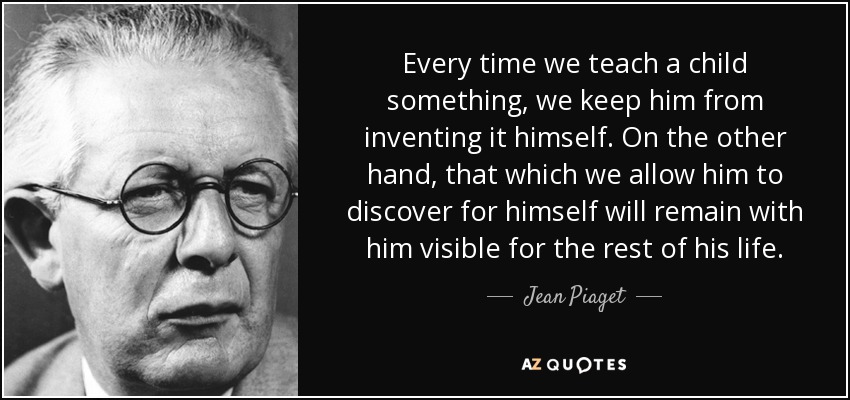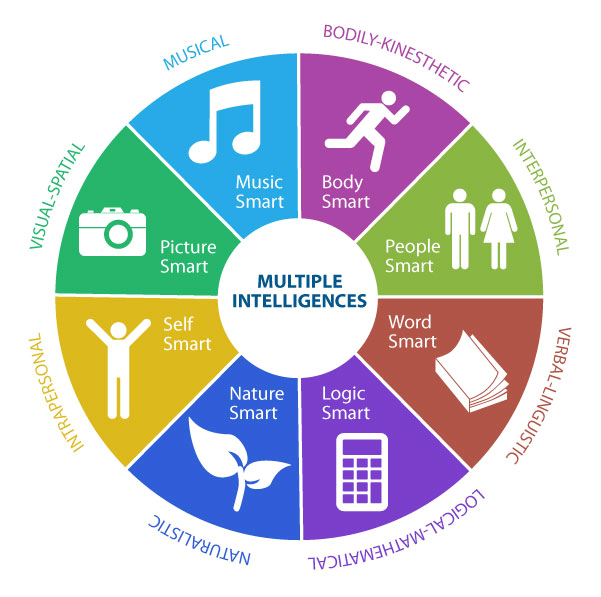My Beliefs of Teaching and Learning
Attitude and experiences affect an individual’s capacity to learn.
A student who does not value education and retains information differently from those who invest time and effort into studying. Thus, as a teacher, I have the responsibility to:
- Motivate people
- Create a safe environment that promotes belonging
- Make education attractive to everyone, regardless of their circumstance or level
Experiencing school as a student for whom English is an additional language or dialect (EAL/D), I am conscious of challenges seen in school, including bullying and social exclusion. I am committed and passionate about illuminating all types of discrimination and showing students how difference can help them grow more sensible and competent in society.
I will also allow students to work individually and collaboratively to construct knowledge. Working independently aids to preserve data because students get to acknowledge their interests and preferred ways of learning.
My pedagogy will incorporate all learning styles to ensure that my priority remains focused on the students and improving their performance. Differentiating teaching strategies will not only benefit the intended learners but will also help peers in recognising different practices and strengths.
As a teacher, I will balance my role between being a strict adult and an acquaintance while simultaneously expecting a similar attitude from students who are friendly but still focused.
As an art teacher, I will emphasise the advantages of the subject, enabling students to recall significant historical events and develop their capability in critical and creative thinking.
As an Australian, I will advocate Aboriginal and Torres Strait Islander people, their stories and work.
An Explanation of How I Teach
Positive school experience
Providing students with a positive environment begins with communication between school staff and parents to set common goals for children. In the classroom, students will feel a sense of happiness by sharing values, such as:
- Fairness
- Authenticity
- Honesty
- Respect
- Participation and engagement
Knowledge retention
I intend to do this is by creating interactive lessons that allow for class discussions and formative assessments. Practice tasks will help students recall information learnt in class and apply them in summative assessments, resulting in targeted feedback and self-reflection.
Motivate students
I will create a bond with my students, so they feel comfortable coming to class, and I will be conscious about not treating them as only young people but instead demonstrating the proper morals just as I would with an adult. Simple statements that make students feel appreciated may include “I understand” and “I apologize”. (Pierson, 2013)
Inclusive education
Inclusive education is part of my pedagogy and can be outlined by focus area 4.1 from Australian Professional Standards for Teachers-Graduate (APSTs). (Teacher Standards, n.d) Australian Institute for Teaching and School Leadership (aitsl) provided a video of a primary teacher using inclusion. (watch below) It is a great example to look at, as it shows the teacher promoting decision making and encouraging students to resolve conflicts. (AITSL, 2016)
Students for whom English is an additional language or dialect (EAL/D)
The Australian Curriculum, Assessment and Reporting Authority (ACARA) state that students who do not have Standard Australian English require support to build their skills as they are entitled to learn the Australian Curriculum. (Students for whom EAL/D, n.d.)
When words are not a student’s strongest point, other activities will be used to ensure understanding, including
- Visual: use symbols and images
- Kinaesthetic: act things out
- social: group work will improve EAL/D students’ language skills, and the possibility for intercultural understanding here will result in further personal and social capability (Australian, Curriculum, n.d)
Students with impairment or disability in mainstream classrooms
I will work closely with all stakeholders to address appropriate practices when dealing with students with disabilities and use literature to improve my pedagogy. For example, an article that attempts to demystify dyslexia states that screen-based activities can be powerful for students with dyslexia (Vize,2012) and another article from UNSW suggests that education mentors can support students with disabilities. (Bentley-Williams, Grima-Farrell, Long & Laws, 2016)
Aboriginal and Torres Strait Islander students
I need to be culturally aware and understand Aboriginal and Torres Strait Islander people to differentiate expectations and outcomes. I need to be careful not to present sensitive topics or materials and reach the community to gain approval and modify my strategies.
Validation for Why I Teach This Way
Here I will explore the people and theories that have influenced my pedagogy, including my dad, a teacher and Constructivism.
My dad’s passion for student-centred learning inspired me. Student-centred learning indicates designing measurable learning outcomes and contents that serve students and promote active participation and retrieval of information. (Hayward, Garner, McAuliffe & Video Education Australasia, 2005) This approach allows for feedback and evaluation from and for all parties to produce improved plans and competent students that can accomplish high standards and achievements. (Hayward, Garner, McAuliffe & Video Education Australasia, 2005)
Dr Sue Tangney, programme director and principal lecturer, composed an article that looked at Student-Centred Learning from a humanist perspective and stated that it is often associated with Constructivism leading students to build on prior knowledge. (Tangney, 2014)
My Food Technology high school teacher, who was lenient yet strict, gave me this idea of balancing my role in class because everyone loved her.
Being lenient or a fun teacher does not mean crazy, as a gym teacher states in a newspaper article, but it means being organised and thinking about ways to make your subject excitingly challenging. (Kraft,2008)

Piaget influences my pedagogy as I believe that enabling students to do things themselves helps them grow. Students should not always be presented with answers (Young, 2011), but they should develop their skills of
- Distinguishing
- Classifying
- Comparing
- Critical thinking
- Analysing
By doing so, Students get to achieve Piaget’s theory of Cognitive Development, which is a sequential process that takes people from one stage to the next. (Young, 2011)
Being a constructivist, I agree with Vygotsky’s theory of Sociocultural Development and that students can still go a long way with assistance because skills modelled by adults can inspire them to be active and innovative. (Lock & Strong 2010)
Through Constructivism, students develop and arrange ideas based on experiences and intelligence, allowing them to identify goals, evaluate themselves, identify their strengths and weaknesses. (Young, 2011) & (Lock & Strong, 2010)
Bruner’s Scaffolding Theory will also be used in my pedagogy to ensure that the interaction I have with the students results in practical outcomes. (Toomey, Lovat & Clement, 2010) In scaffolding, my interactive lessons will lead to class discussions and various activities, feedback and support.
View three annotated artefacts with critical reflection (page 2) and access the reference list (page 3)


